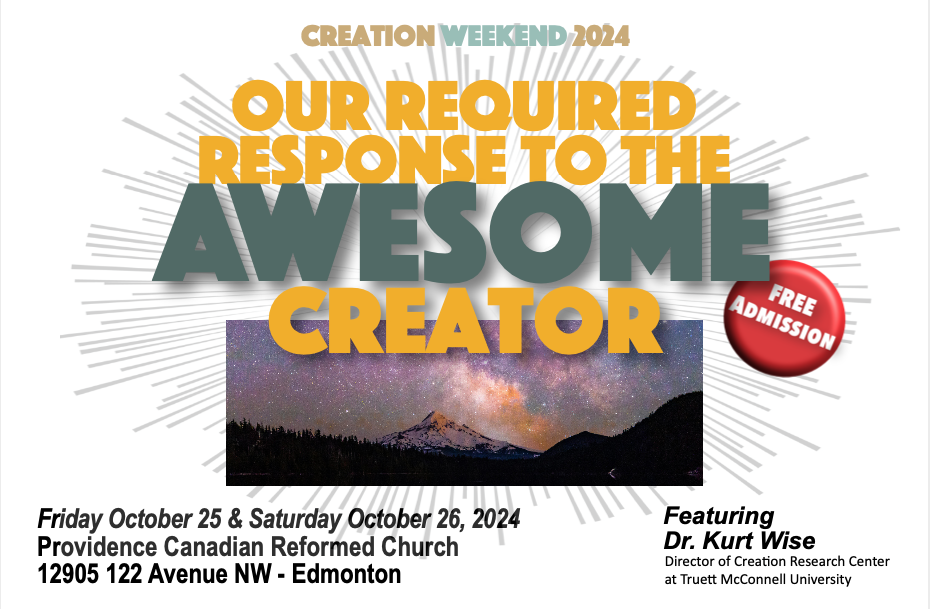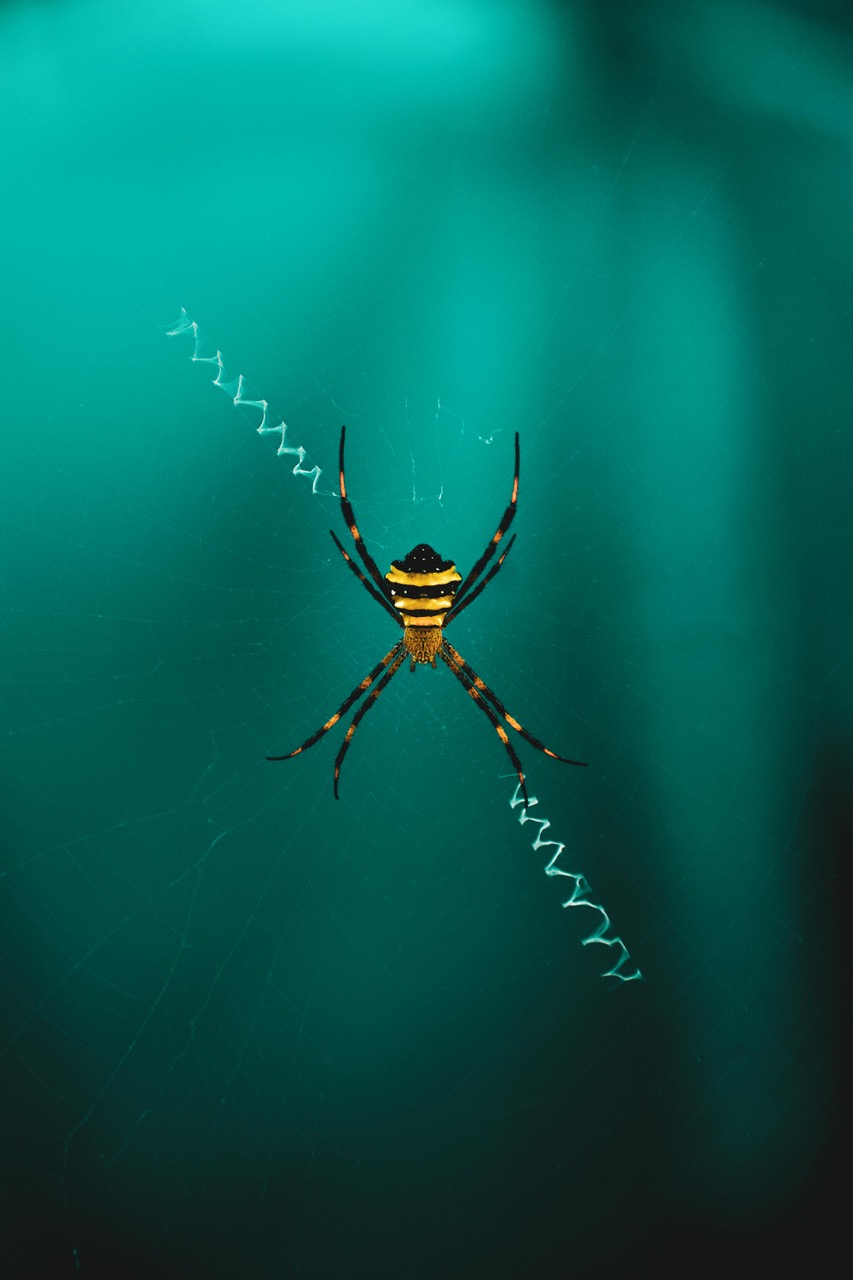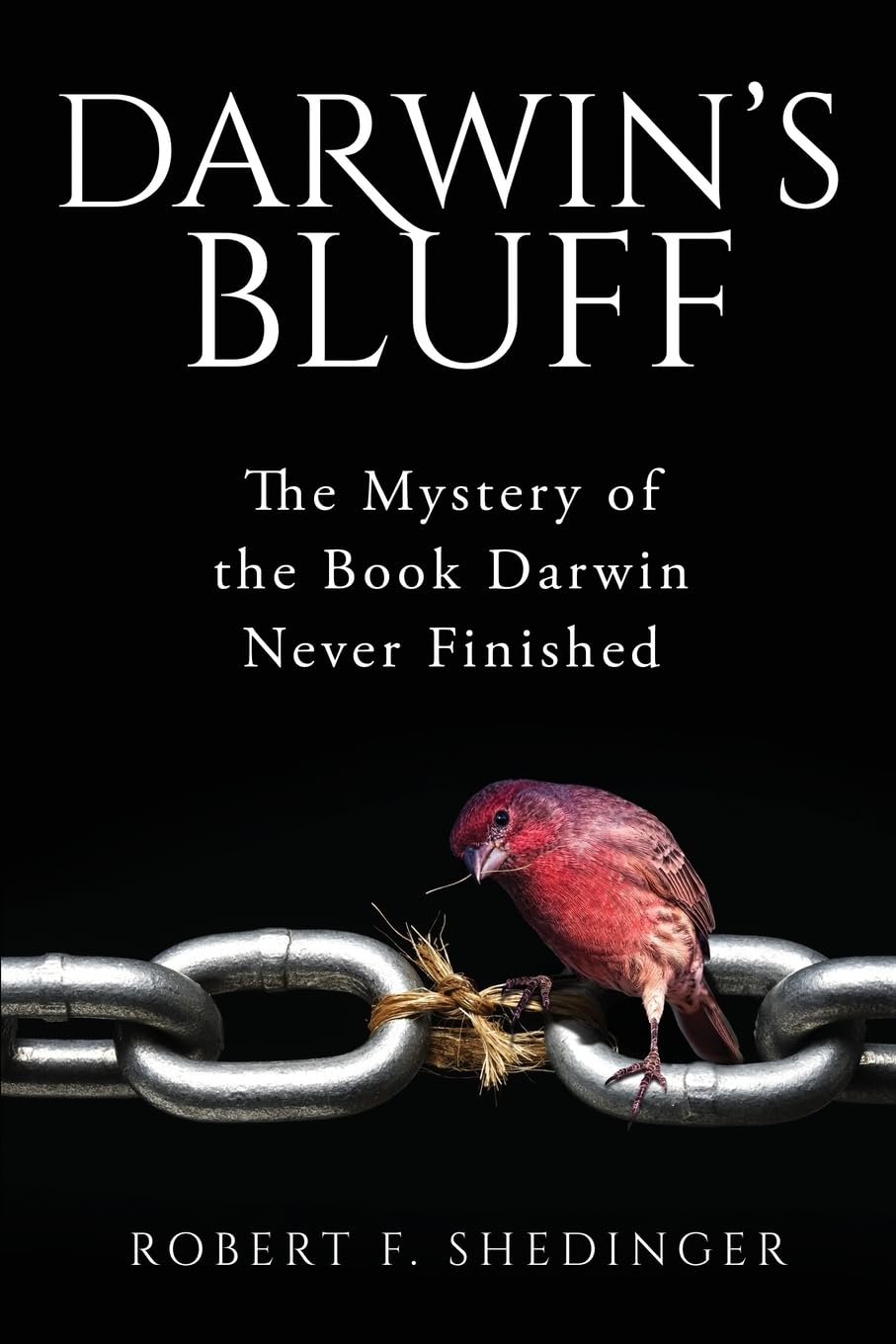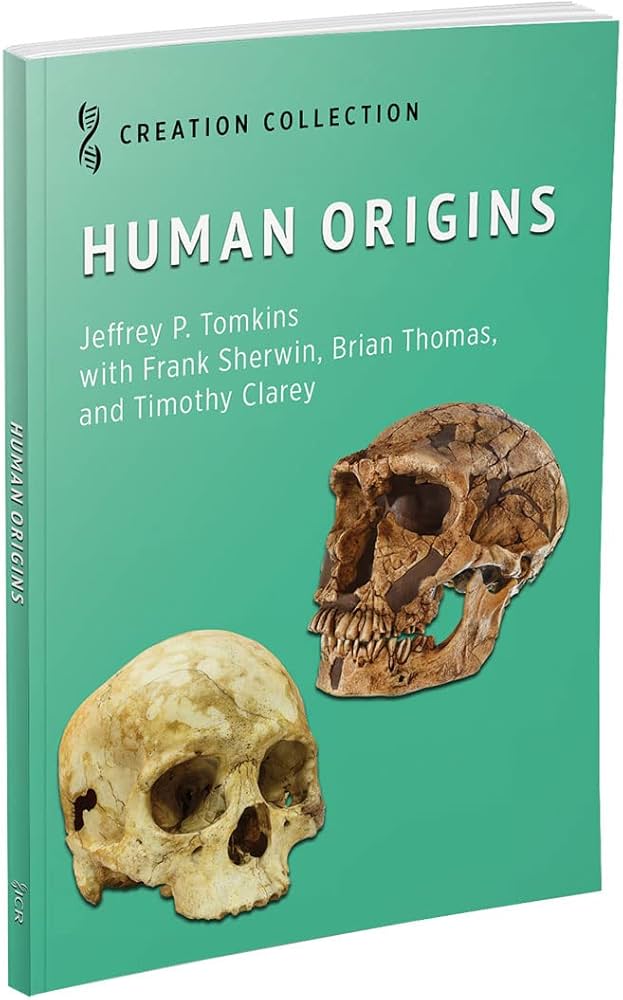Dialogue 2024 #2
For many years, in sponsoring Creation Weekend, our local association (CSAA or Creation Science Association of Alberta) has provided inspiration and information to audiences of all ages. The benefit from these weekends is training on how to be informed and enthusiastic, able to enjoy the insights that we hear, and to share those with others.
Read the rest of this entry »Many people are afraid of spiders, but they are excellent examples of God’s engineering design in nature, especially in the production and use of their silk. Spider silk starts as a “liquid crystal”—a highly concentrated water-based solution containing rod-shaped molecules. This means it both flows like a liquid and has its molecules oriented and ordered like a crystal. The silk solution is produced and stored in a group of silk glands until it is drawn out through the silk ducts for use. Evolutionists cannot decide whether the liquid crystal structure is an “accident of Nature” or a necessary requirement, but they think it may help to control crystallization. If the silk crystallized prematurely, it would block the ducts and kill the spider. (De Luca & Rey) Creationists would call it a design feature.
Read the rest of this entry »Book Review –
Darwin’s Bluff: The Mystery of the Book Darwin Never Finished
Reviewed by Margaret Helder
A project which has produced a delightful read on Darwin’s life, views and impact, began many years ago when an undergraduate student, out of curiosity, dipped into a new volume in his university library. This volume was the first in a lengthy series from Cambridge University Press. These volumes contained the correspondence, both to and from, of Charles Darwin. Thus hooked on these communications, Robert Shedinger, who was majoring in a general arts degree, began a 40 years long research project on Charles Darwin’s thoughts and actions. Astonished by what he found, Robert Shedinger now shares the results of his research. His book, Darwin’s Bluff, can’t fail to interest everyone.
Read the rest of this entry »Suppose you were to discover something new, maybe a piece of art, or a delicious dessert, a new book, a piece of furniture or even a building. One of the first things you might want to know is, who made it? It has been ever thus. Even ancient peoples noticed and made observations concerning what they saw around them. And they reflected on these issues. They studied the motions of the stars (and planets), the seasons and weather, and even plants and animals. For example, the prophet Isaiah wrote concerning God: “I made the earth and created man on it, it was my hands that stretched out the heavens, and I commanded all their host.” Other ancient peoples attributed natural phenomoena to terrible pagan gods, never to the one true and benevolent God. For example in Psalm 96: 5-6 we read “For all the gods of the peoples are worthless idols, but the Lord made the heavens. Splendor and majesty are before him; strength and beauty are in his sanctuary.”
Read the rest of this entry »Now that the sixth edition of the Tour Guide to the Royall Tyrrell Museum has been published, readers have asked for some additional features. In response, we have produced a list of suggestions for ways to enhance one’s use of the guide. In addition, CSAA has prepared a custom map that identifies the location of certain specimens highlighted in the Tour Guide. As a result of recent changes to the floor plan in the museum, it is helpful to better understand how to find various displays. If you have already purchased tour guides, and wish for these new free features, simply let us know by email (books@create.ab.ca) or snail mail. From now on, those who purchase the Tour Guide, will automatically receive these two pages along with the booklet.
Paperback / $6.00 / 55 Pages
Shipping for one copy: $2.00










